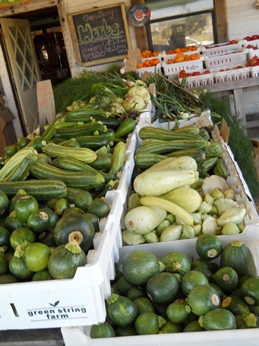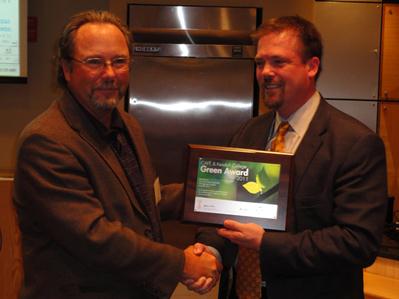Green Tomato: What Do You Really Know About Your Food?
Saturday, 01 October 2011 18:57
 As educators of future culinarians, we have a unique opportunity to help mold the future of the American diet.
As educators of future culinarians, we have a unique opportunity to help mold the future of the American diet.
By Dana Cox
Particularly since we entered the current recession, there’s been a renewed hue and cry to buy goods that are “made in the USA.” While I wholeheartedly agree with that principle, I find it puzzling that many of those same people think nothing about eating fruit or vegetables that have traveled thousands of miles from far-flung countries before arriving at the local supermarket. The most recent figures from the United States Department of Agriculture show that imports of fresh fruit and vegetables between 1990 and 2006 surged from $2.7 billion to $7.9 billion.
With those imports has come year-round availability of everything from strawberries to rutabagas. That may sound great on the surface, but there are profound environmental and economic consequences. It has also caused us to lose touch with our food, how and where it’s produced, and the whole concept of seasonality. This dawning realization has given rise to the locavore movement that seeks to bring us closer to the food we eat by forging connections with those who produce it. Recognizing that the foods we eat have a tremendous political, environmental, social and health impact, locavores aim to source as much food as possible from a 100-150 mile radius.




 Many free materials are readily at your disposal to teach the “3 Rs” of handling excess prepared food, food scraps and used oil more sustainably.
Many free materials are readily at your disposal to teach the “3 Rs” of handling excess prepared food, food scraps and used oil more sustainably. Colorado State University’s hospitality-management program wins the third-annual CAFÉ/Kendall College Green Award.
Colorado State University’s hospitality-management program wins the third-annual CAFÉ/Kendall College Green Award. On Earth Day and every day, Culinary Institute of America students go green in many ways.
On Earth Day and every day, Culinary Institute of America students go green in many ways.